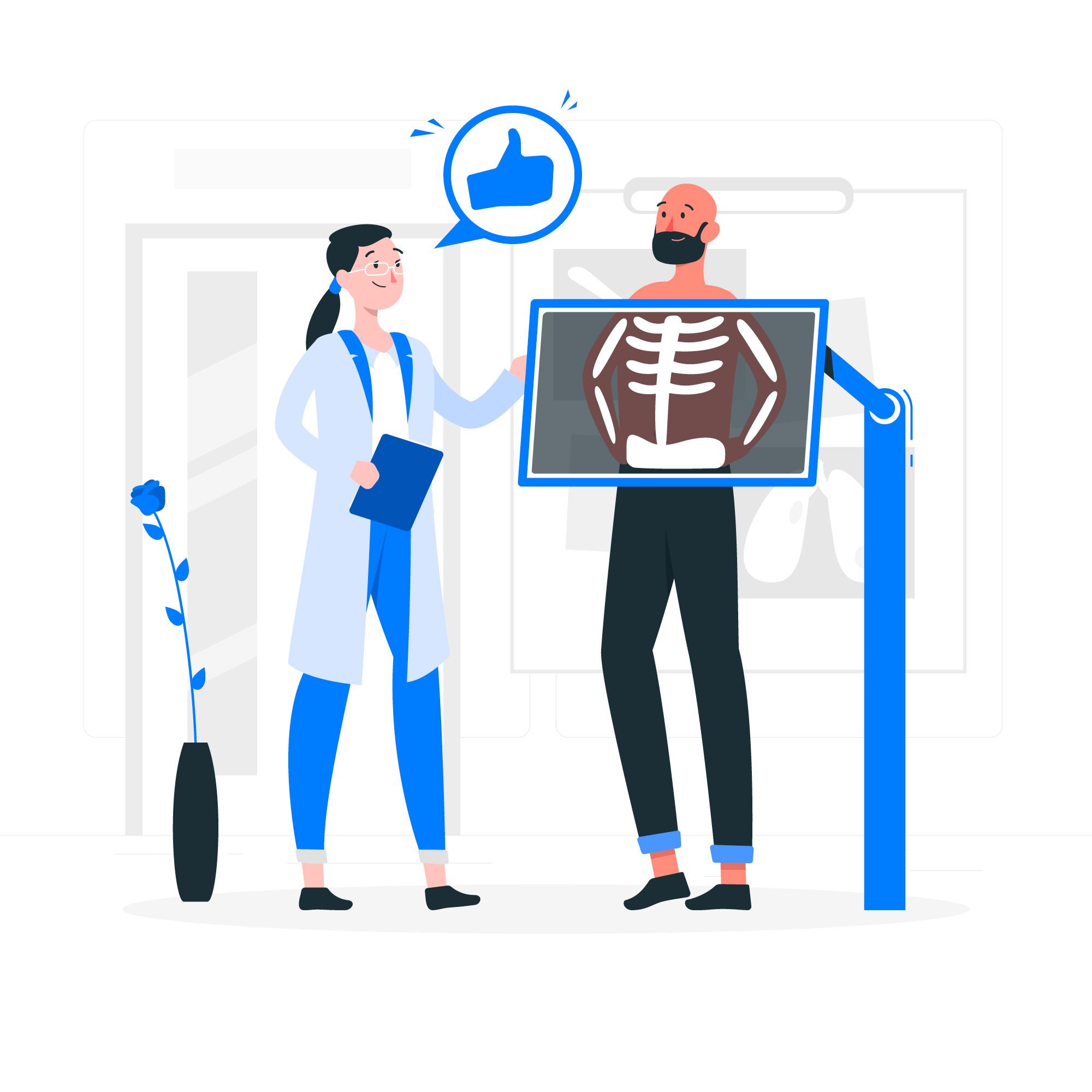
Risk Factors for Osteoporosis: Identifying Your Vulnerabilities
Osteoporosis is a condition that weakens bones, making them fragile and more likely to break.
While it’s common among older adults, understanding the risk factors can help identify vulnerabilities and take proactive steps to protect bone health. Let’s explore some of the key factors that increase the risk of osteoporosis.
1. Age: As we age, our bones naturally become less dense and weaker, putting older adults at higher risk for osteoporosis. This risk increases significantly after the age of 50.
2. Gender: Women are more likely to develop osteoporosis than men, especially after menopause when estrogen levels decline. Estrogen plays a crucial role in maintaining bone density, so the hormonal changes in menopause can accelerate bone loss.
3. Family History: If you have a family history of osteoporosis or fractures, you may be genetically predisposed to the condition. Your genes can influence factors such as bone size, density, and strength, affecting your risk of osteoporosis.
4. Body Composition: Individuals with smaller body frames and lower bone density are at higher risk for osteoporosis. Additionally, having low muscle mass or being underweight can contribute to weaker bones and increase the likelihood of fractures.
5. Lifestyle Factors: Certain lifestyle habits can also impact bone health. Lack of physical activity, smoking, excessive alcohol consumption, and poor nutrition can all weaken bones and raise the risk of osteoporosis.
6. Medical Conditions: Certain medical conditions and treatments can increase the risk of osteoporosis. These include hormone-related conditions like hyperthyroidism and hypogonadism, as well as long-term use of corticosteroid medications and certain cancer treatments.
7. Nutritional Deficiencies: A diet lacking in calcium and vitamin D can contribute to weak bones and increase the risk of osteoporosis. Calcium is essential for bone strength, while vitamin D helps the body absorb calcium effectively.
Identifying Your Vulnerabilities: Understanding these risk factors is the first step in identifying your vulnerabilities to osteoporosis. If you have one or more of these risk factors, it’s important to talk to your healthcare provider. They can assess your bone health, recommend screening tests if necessary, and provide guidance on prevention and management strategies.
By recognizing and addressing these risk factors, you can take proactive steps to protect your bone health and reduce the likelihood of developing osteoporosis.
To seek medical advice, always consult a Doctor. Here are our recommended experts. Click Here
To read more on Osteoporosis. Click Here

